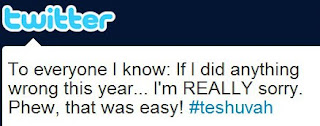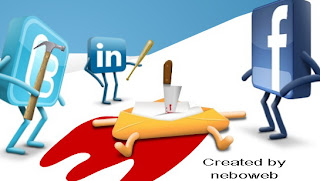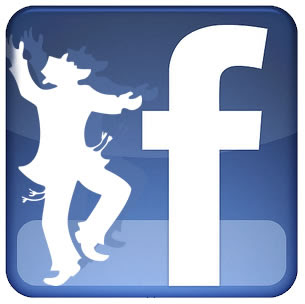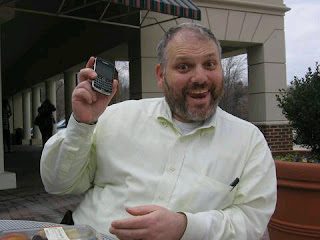Cross-posted to Jewish Techs
I’ve been following the Offlining campaign pretty closely. It’s the brainchild of Eric Yaverbaum and Mark DiMassimo. They partnered to launch Offlining, an initiative to promote unplugging that was introduced on Father’s Day, to ask people to make a pledge to have 10 device-free dinners between then and Thanksgiving. To date, more than 10,500 have signed on to this pledge.
Yaverbaum told Jessica Ravitz, a reporter for CNN.com, that he “is as guilty as anyone of making technological transgressions. He’s ignored family to check emails while at the dinner table and tuned out of actual conversations to tune into Twitter… I’m the guy who sleeps with his BlackBerry. I’m raising my hand and saying, ‘Yes, I’m an addict.'”
Perhaps that’s why Yaverbaum, who is Jewish, and DiMassimo, who is not, have decided to use the Jewish Day of Atonement as their next big day to get people to give their gadgets a rest. They encourage everyone, religious backgrounds aside, to make Yom Kippur (September 18) a technological device free day. That means that in addition to refraining from eating, drinking, showering, wearing leather shoes, applying perfume, and having sex, the Offlining guys are saying “no” to cellphones, Facebook, Twitter and texting too on Yom Kippur. Jews and non-Jews both use technology to do the precise things we ask forgiveness for on Yom Kippur, like gossiping, so I guess it makes sense to give those things a rest on this day.
As DiMassimo was quoted in the CNN.com article as saying, “It’s annoying to be in a room with people, and yet not be really with them. My dad’s an electrical engineer, and he’s always said, ‘We invent this stuff to serve us, not for us to serve it.'”
The Offlining campaign isn’t the first attempt to get people to give their tech gadgets a rest. If you remember, Reboot launched a Sabbath Manifesto a few months ago to get people to avoid technology and connect with loved ones for a 25-hour period. Signing the Sabbath Manifesto not only meant putting cellphones and computers on hold for the day, but it also meant getting outside, avoiding commerce and resting.
Offlining has a catchy marketing campaign. Using DiMassimo’s advertising company, they’ve created posters with images of celebrities who have gotten into trouble through the use of modern communication technologies. The tagline is that you need not be Jewish to amend for your tweets (Lindsay Lohan), give up drunk dialing (Mel Gibson), or atone for your texts (Tiger Woods, of course) on Yom Kippur.
When I spoke to Ravitz last week about her upcoming article on the Offlining campaign (my quotes apparently didn’t make the final edit), I explained that “it’s great that Offlining’s campaign is directed at everyone, not just Jewish people, because we all use our technology to sin sometimes. Whether it’s texting gossip or belittling someone on Facebook, we need to put technology aside to really atone on Yom Kippur. Plus, without the nuisance of our phones and computers we’ll be able to concentrate on the task at hand much more attentively on the Day of Atonement (prayer and seeking repentance).”
On Yom Kippur we fast — refraining from food and drink — and it has a cleansing feel to it. I think that in the 21st century, a fasting from technology is a necessary cleanse as well.











